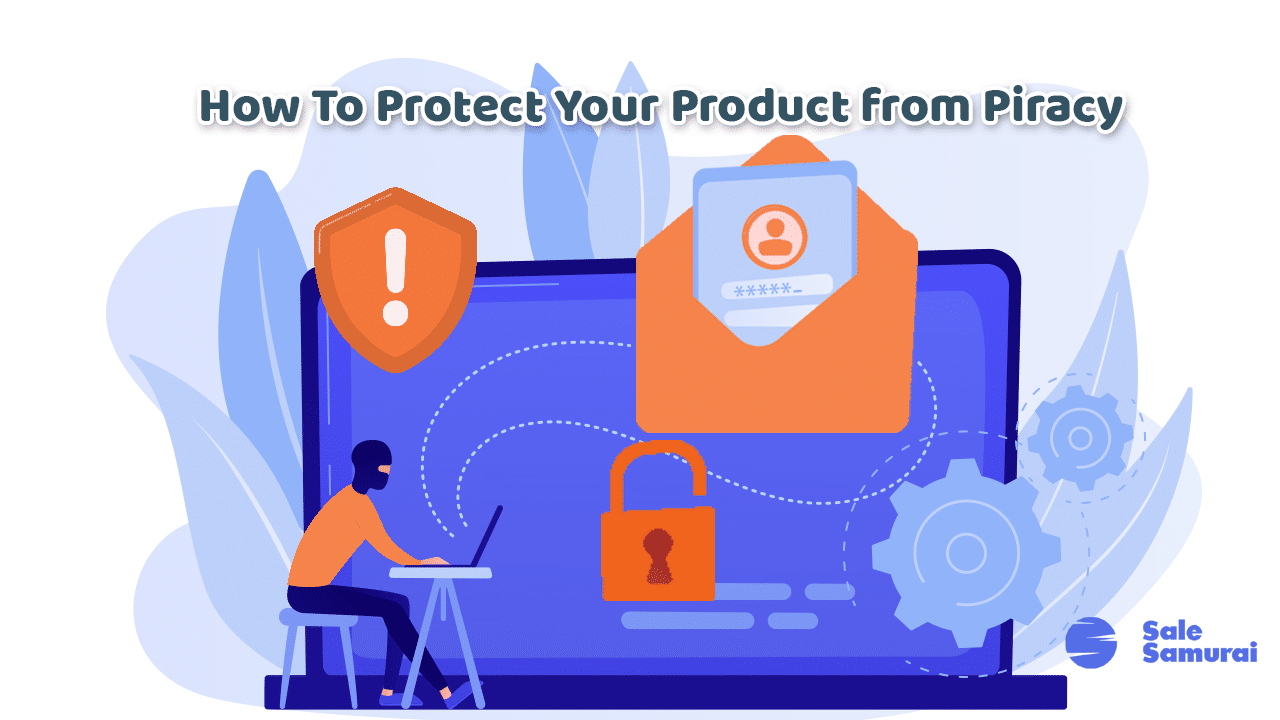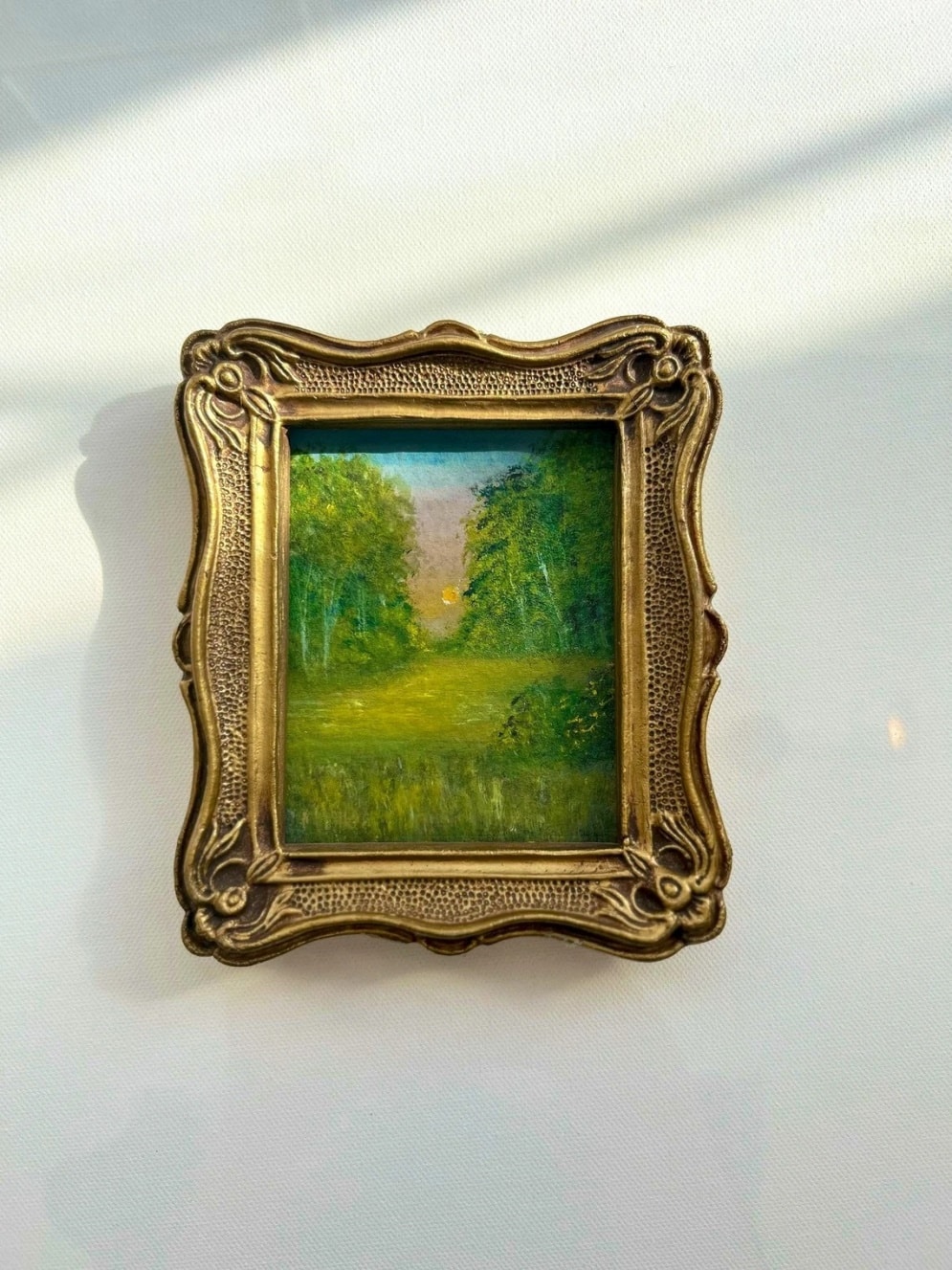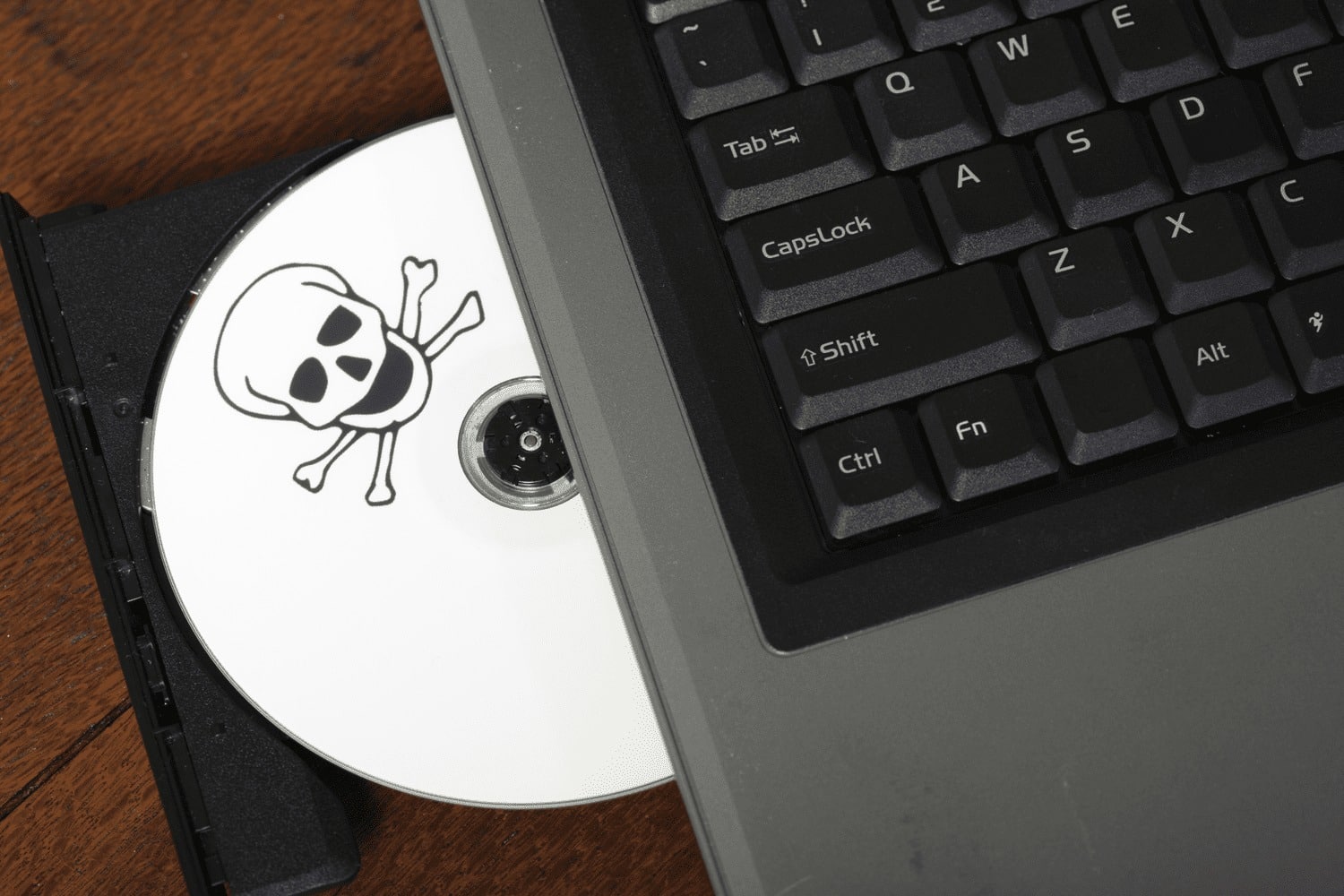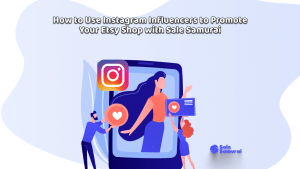
Having the ability to sell the things you create via online platforms has a host of clear and obvious advantages, there’s no denying this. The speed of use, the ease of use, and the cashless transactions all protected with various credit account insurances are all checkmarks in the “pros” column. The ability today to create one file and re-sell it (potentially) for the rest of your life is quite a new concept, and the internet as a whole has opened up careers and business opportunities never before dreamed of.
But of course, nothing is without a price or without risk. And risk is what you take every time you upload a photo to the internet. There is a bit of a potential danger to your brand involved in this, and that is image and copyright piracy. In this article, we hope to offer some ideas on how to your photographs.

The Quick-And-Dirty
There are a number of small yet powerful things you can try to hedge your bets against others stealing your images. For instance, you might want to only upload photos with a width of approximately 1500 pixels. This seems like an odd suggestion at first, but limiting it to this number produces an image that is large enough to be viewed pleasingly without blurring, but small enough that the user cannot then save it as a larger, higher-quality file. And that is mainly what someone looking to steal from you is looking for, the best possible resolution so they can use if for any number of their own applications.

If you are selling 2-D prints or original artwork, you may utilize photographs of the real print or piece rather than a computer file or a close-up. You may, for instance, use a photograph of your print hung on a wall. This can thwart an image pirate because if you are selling the original piece and can show it in frame, what are they going to say they are selling? They would have to produce the exact item you have sold and they cannot do that. This method is not fool-proof, but it’s a surprisingly easy way to gum up their works. Re-working an image like that is too time-consuming and they’ll usually just move on to easier targets.

You might also want to integrate your brand into your photographs. You will see any number of articles online telling you to add a watermark to your images and the issue is just automatically solved. Although some retailers employ watermarks, we do not advocate them in general. Photos containing watermarks are ineligible for Etsy services and off-site advertising programs. Google Shopping, for instance, will not allow watermarked images. If you have a brand associated with your business, such as a logo, a specific typeface for your shop name, or a packaging style, try incorporating it into your listing image instead of watermarking (but not as an overlay). Thus, everyone will know who created the object.
Copyrighting and Trademarking
Beyond this, if you really are concerned about your visual IP being taken and used against your will, you might also consider copyrighting all of the images you take yourself before you put out there into the ether. Copyrighting is probably the most concrete strategy to safeguard your creative work. You can copyright designs, artwork, packaging, photographs, and many other things. A copyright indicates that the work is yours and cannot be legally taken.
Moreover, you can add the copyright emblem to your work. Alternately, you might include text stating that the work is protected by a copyright and that any copyright infringement will be reported to the managers of the platform. This may deter possible thieves but it does not safeguard your work if it is really stolen. It requires a registered copyright. If the work is protected by copyright, you can write a cease and desist letter demanding that it be taken down and sales ceased. If they do not react, you can file a report with Etsy. Etsy will request your copyright registration number before closing their store.

While it is true that the greater the exposure your brand receives the greater the possibility that it will be stolen, we have to again stress that even copyrighting will not 100% guarantee that no one will take your images for their own use. It just gives you legal recourse to follow in case it happens. If your business is growing and this becomes an increasingly difficult issue, we suggest consulting with an attorney to ensure that the job is done right across your brand
In terms of actual registered trademarks, if you possess a registered trademark you can issue an urgent rebranding demand letter. You can expose their copied brand to Etsy if they do not react. Etsy will request your trademark registration number before acting. Only if you have a registered trademark should you contact brands with similar names. This is due to the fact that you have no legal right to halt the other brand unless you possess its registered trademark. In addition, if you do not have a trademark, this gives them ample notice that they can submit a trademark before you and make it prohibitively expensive for you to continue using your own brand name. Remember that you must first trademark the brand. Then, obtain a trademark and send a cease and desist letter to imitators.

When it comes right down to it, there is always going to be this risk. But is it something that you should be afraid of to the point where it prohibits you from sharing your work and potentially making money? Absolutely not. If you have someone swiping your images, it could be an indicator that you’re doing something good on a level that others want. It could show you that you’re successful. And as long as you keep doing what you’re doing and providing top-notch merch for the masses, you probably will continue to do so regardless. It’s only when your images are used to sell something sub-standard that you need to be concerned and take action. But in general, this is not happening to the point of destroying online sellers.
Be aware of this possibility, but please never let it hold you back or make you second-guess what it is that you are trying to achieve.





